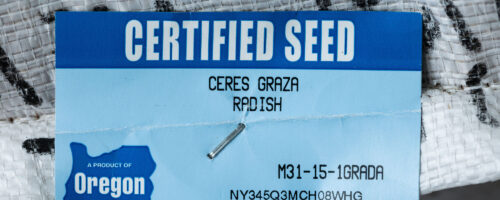Tag: noble news and views
Categories

Noble Research Institute Moves Forward with Ardmore Campus Renovations
Estimated reading time: 3 minutes
Multi-phase project will result in $40 million of improvement to the organization’s main campus.
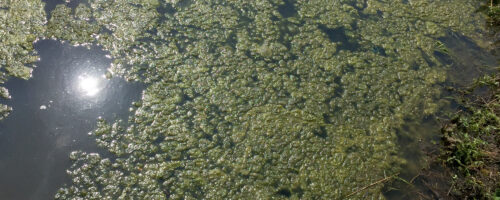
Aquatic Vegetation in Ponds
Estimated reading time: 7 minutes
This article originally appeared in the March 1998 Ag News and Views newsletter, revised 2023.
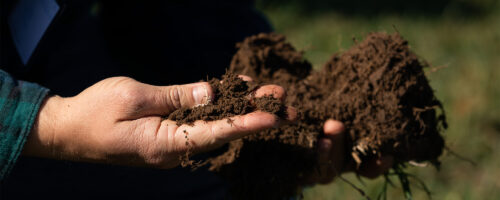
Soil and Water Relationships
Estimated reading time: 5 minutes
By understanding a little about the soil's physical properties and its relationship to soil moisture, you...
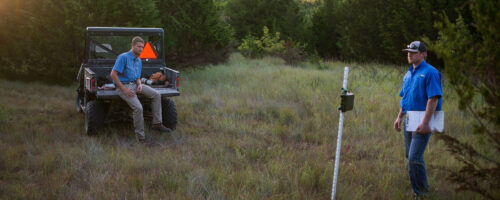
Capturing Bird Calls and Other Wildlife Sounds With Bioacoustics
Estimated reading time: 10 minutes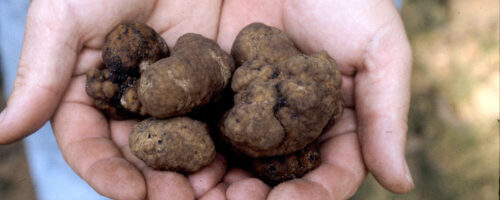
Add Income With Pecan Truffles
Estimated reading time: 6 minutes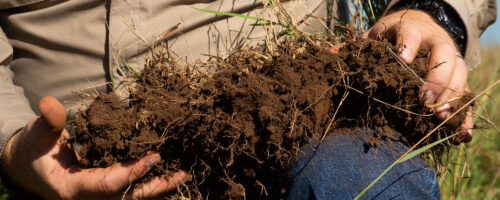
Building Soil Organic Carbon With Plant Roots
Estimated reading time: 7 minutes
Soil organic carbon is an essential piece of regenerating the health of grazing lands and requires a look...
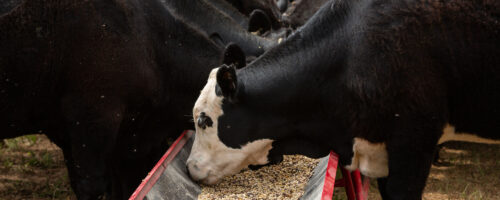
Winter Cow Supplementation: Protein and Energy Explained
Estimated reading time: 6 minutes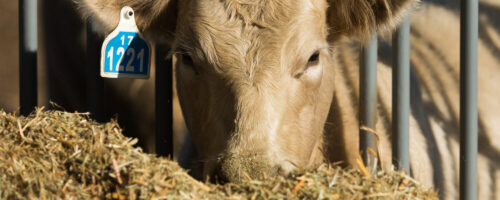
Nutrient Synchrony: Protein and Energy Working Together
Estimated reading time: 6 minutesCattails – Habitat or Hassle
Estimated reading time: 4 minutes
Cattails can be desirable or undesirable, depending upon a pond or marsh manager's goals.

Understand These 8 Grazing Metrics to Make Better Decisions on the Ranch
Estimated reading time: 8 minutes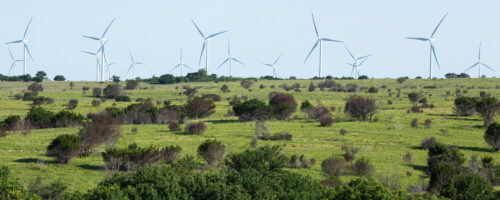
Track Annual Changes in Range Vegetation With Online Tool
Estimated reading time: 7 minutes
7 Things Research Tells Us About Northern Bobwhite and What They Need
Estimated reading time: 8 minutes
Growing-Season Burns Improve Winter Forage Quality
Estimated reading time: 5 minutes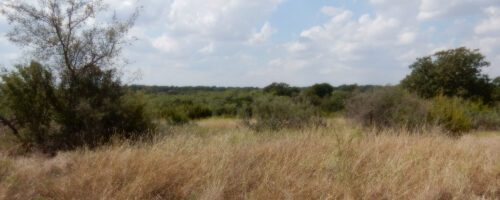
Invasive Plants Are a Threat to Agriculture
Estimated reading time: 4 minutes
Think Before Putting Fish, Plants, Water and More in a Pond
Estimated reading time: 4 minutes